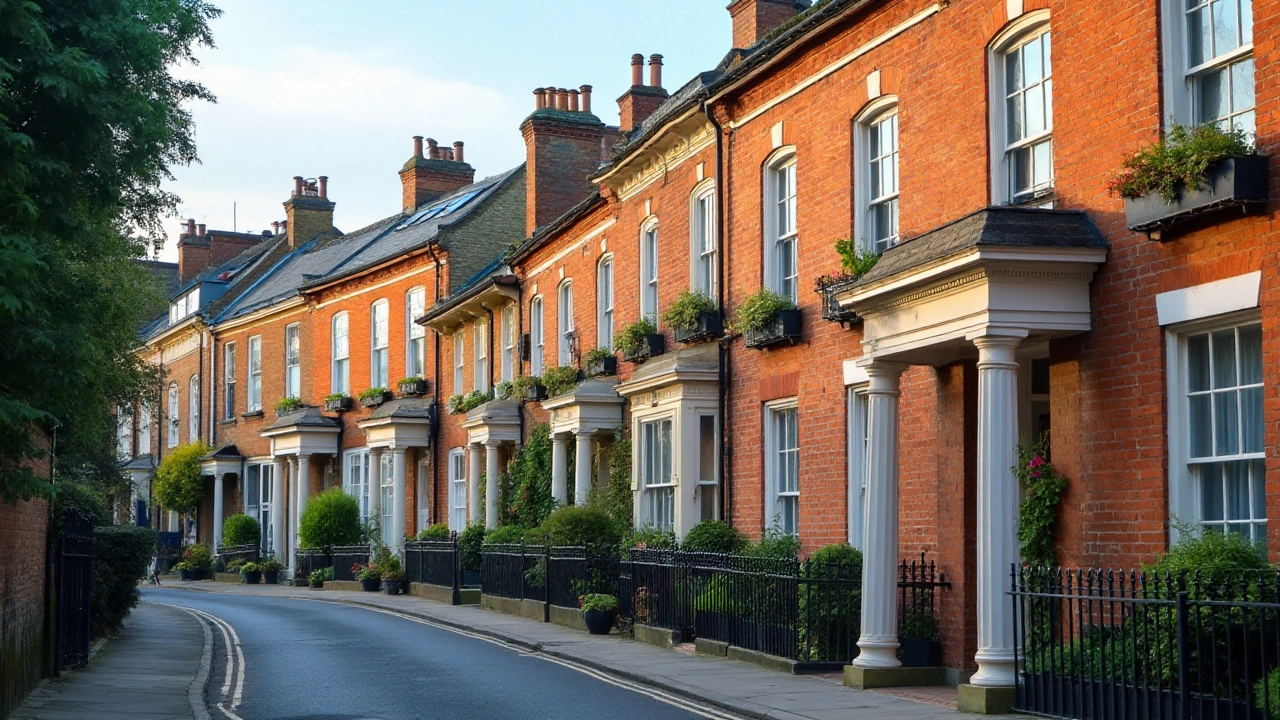Classic style: quick guide to timeless architecture
Want a home or neighborhood that still looks right after decades? Classic style does that. It covers everything from Ancient Roman engineering to Georgian symmetry and Beaux-Arts grandeur. This page pulls those traditions together so you can spot the real features, choose what fits your house, and avoid faux details that feel dated.
What to look for
Classic architecture repeats a few clear ideas. Look for symmetry first — balanced windows, centered doors, and matching elements on both sides. Columns and pilasters are big clues: Doric, Ionic, or Corinthian shapes point to Greek or Roman roots. Arches and domes often mean influence from Roman or Byzantine work. Heavy stone, brick, and large cornices signal Georgian, Colonial, or Renaissance Revival. If you see lots of ornament, carved stone, or dramatic staircases, you might be near Beaux-Arts or Baroque.
Here’s a quick checklist you can use on the street or while researching a house:
- Symmetry: mirrored façades or centered entrance?
- Columns/arches: are they structural or just decorative?
- Materials: stone and brick vs. glass and steel?
- Ornament: carved details, pediments, cornices?
- Roof: gambrel roof means Dutch Colonial; domes hint at Byzantine or civic buildings.
Using classic style today
You don’t need a full restoration to embrace classic style. Pick one strong element — a columned porch, a symmetrical facade, or a decorative cornice — and keep the rest simple. That keeps the look intentional, not costume-y. Inside, use classic proportions: tall baseboards, balanced room layouts, and trim that matches your home’s scale.
If you’re renovating an older building, check those posts on the page for specific styles: Georgian tips help for townhouses, Colonial articles explain practical updates for family homes, and Beaux-Arts guides show how to preserve grand public features. For travel or research, the Roman and Byzantine pieces on this tag explain what to look for in older monuments — useful if you want authentic inspiration rather than a copy.
Worried about costs? Focus on visible, high-impact elements: paint in a classic palette, restore original wood trim, or add a simple pediment above the front door. Preservation-style choices often save money long-term by keeping a home’s character — which also helps if you sell.
If you want help deciding what fits your property, pick one reference style from this tag (Greek Revival, Gothic Revival, Colonial, etc.), then apply two or three signature elements from it. That gives your place a clear identity without turning it into a museum.
Want to learn more? Browse the linked posts here for deep dives on Roman engineering, Renaissance details, Gothic arches, Georgian planning, and more examples that show classic style in action.

Rococo Inspired Fashion: A Modern Twist on Classic Elegance
Rococo fashion, known for its lavishness and intricate designs, is making a chic comeback with modern adaptations. This captivating style merges 18th-century elegance with current trends, offering a fresh take for fashion enthusiasts. From bold patterns to rich textures, Rococo-inspired pieces can add a touch of classic sophistication to any wardrobe. Dive into the details of how you can incorporate these styles into everyday wear with effortless modern flair.
Read more
Exploring Georgian Architecture: A Study in Balanced Design
Georgian architecture, named after the British monarchs of the 18th and early 19th centuries, is celebrated for its emphasis on symmetry and proportions. This style, marked by its classic elegance and restrained decor, incorporates the harmonious use of mathematical ratios that reflect the ideals of the Enlightenment period. Through careful analysis of Georgian architectural elements such as windows, columns, and brickwork, we uncover the timeless appeal that continues to influence modern design today. This article provides an engaging exploration into the characteristics and enduring charm of Georgian architecture.
Read more